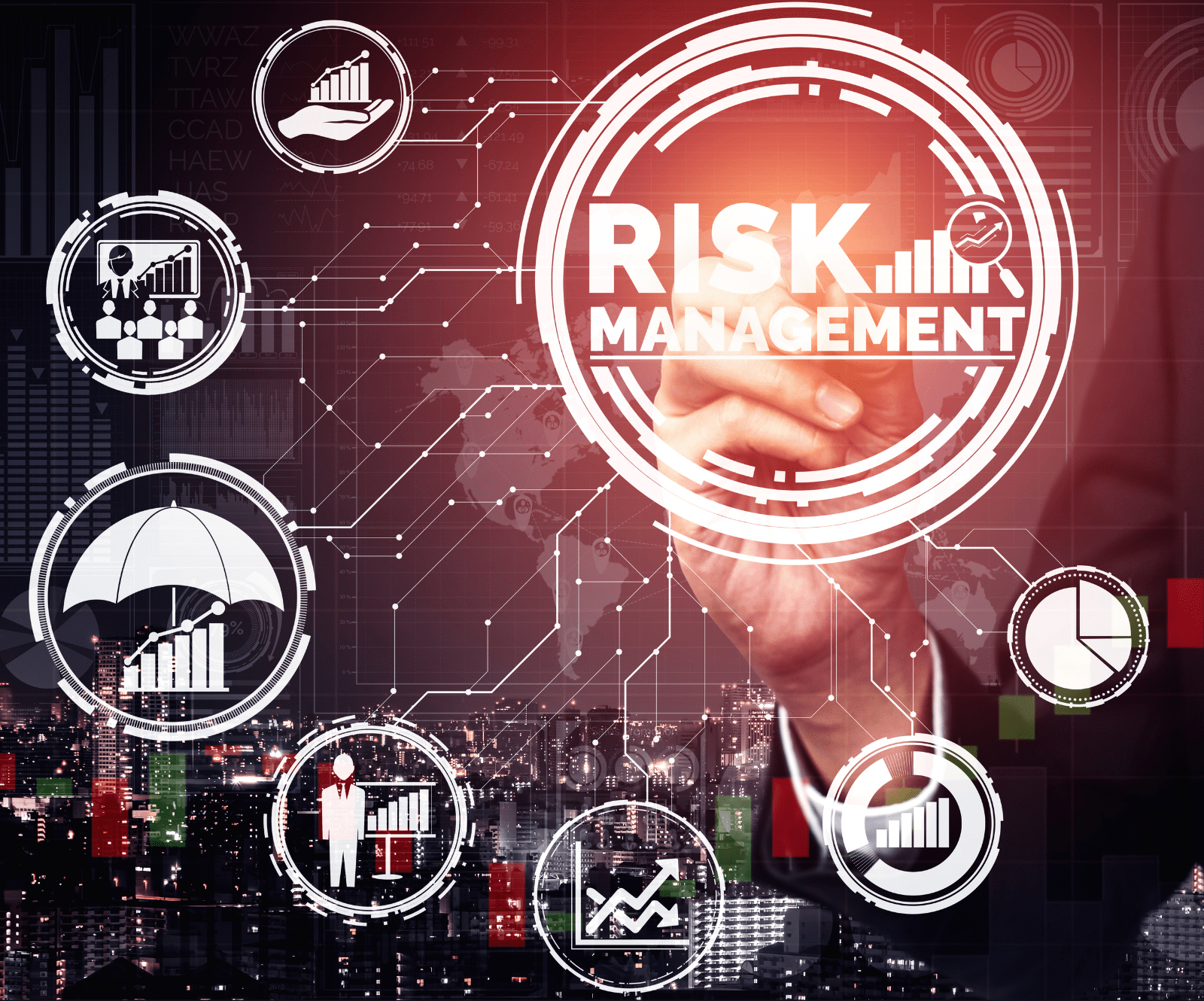
It is said that risk is an inherent feature of a business, and hence, risk management is an integral part of any business. The facets of identification, assessment, and prioritization to minimize the risks involved are included in risk management. As today’s fast world advances, technology plays its role in predominantly increasing the efficiency of the risk management process. From predictive analytics to real-time monitoring systems, technology has provided every business with tools for effective and efficient risk management.
Introduction
In today’s business world, the complexity and velocity of risk is rising. More often than not, traditional methods for dealing with such risks are fast being supplemented, in some cases, replaced by technological solutions. This paper looks into the transformative role of technology in risk management by detailing related benefits, applications, and future trends.
The Importance of Technology in Risk Management
Due to a few reasons, technology forms an integral part of the risk management process. It involves accuracy, speed, and efficiency in identifying and mitigating risks. Businesses will, therefore, have an in-depth perception of risks arising in their operation using these tools; hence, they will employ them to curb them before causing losses.
- Predictive Analytics in Risk Management
It makes use of historical data and statistical algorithms, as well as machine learning techniques that find the probability of the occurrence of future outcomes. The technology enables businesses to perceive the associated risks and thus take preventive measures. For example, financial institutions use predictive analytics to detect fraud to avoid them before the damage becomes too large.
- Real-Time Monitoring Systems
This means monitoring and identifying risk in real-time is critical to mitigate it simultaneously. Real-time monitoring systems rely on a set of sensors, cameras, and other IoT devices to produce streams of continuous data. This allows companies to properly take action or respond quickly upon getting a potential threat that pops up.
Artificial Intelligence and Machine Learning
Artificial intelligence and machine learning through automation of complex tasks are changing the face of risk management. AI algorithms can dig deep into a large quantity of data, examining patterns and inconsistencies that human analysts could miss. With each day that passes, machine learning models keep improving in accuracy. This makes them most valuable for dynamic risk environments.
- Blockchain Technology in Risk Management
The technology provides a safe and transparent way of transaction management and tracking. Because it is decentralized, data cannot be manipulated hence very minimal chances of fraud. Blockchain incorporation in many industries, for example, finance and supply chain management, has advanced risk management frameworks.
- Cybersecurity and Risk Management
With the increasing complexity of cyber threats, cybersecurity has become a significant area of risk management. Numerous security technologies are at hand, like encryption, firewalls, intrusion detection systems, and many more advanced technologies that should not allow sensitive data to fall into the wrong hands and ensure business continuity.
- Cloud Computing and Risk Management
They only do all this very flexibly for scalable solutions to risk management. The data and applications can be stored in the cloud to prepare the business for disaster recovery and continuity. Cloud-based platforms for risk management provide real-time access to the data and analytics that help make better decisions.
- Big Data and Risk Management
Big data analytics give businesses a powerful tool to process large volumes of data to reveal hidden risks and discover new opportunities. Capitalizing on big data in such a way, businesses see a chance to get valuable insights into market trends, customers’ behavior, and operational inefficiencies – all this is believed to improve strategies in risk management.
- The Role of IoT in Risk Management
Interconnection between devices and systems through the IoT provides data that is used in the management of risks. IoT sensors, for instance, can monitor equipment, environmental conditions, and any other critical parameter capable of notifying a business of a budding potential problem into a significant problem.
Benefits of Technology in Risk Management
The integration of technology in risk management offers numerous benefits, including:
- Improved Accuracy: Technological tools reduce human error and enhance the precision of risk assessments.
- Enhanced Efficiency: Automated processes streamline risk management activities, saving time and resources.
- Proactive Risk Mitigation: Predictive analytics and real-time monitoring enable businesses to address risks before they cause significant harm.
- Informed Decision-Making: Advanced analytics provide deeper insights, supporting data-driven decisions.
Future Trends in Technology and Risk Management
The future of risk management lies in the continued evolution of technology. Emerging trends include:
- Advanced AI and ML: AI and ML will only get more sophisticated in giving deeper insights and better predictions on outcomes.
- Integrated Risk Management Platforms: Unified platforms will provide end-to-end risk management; they will “integrate a range of technological tools and data sources.”.
- Improved Cybersecurity Measures: With each change in cyber threats, there will be new technologies and protocols to deal with them.
- Sustainability and ESG Risk Management: Technology will be crucial in managing environmental, social, and governance risks to have sustainable business practices.
Conclusion
The role that technology plays in risk management is undeniable and increasingly critical. From predictive analytics to blockchain, technology offers very innovative solutions that can add substantially a degree of accuracy, efficiency, and effectiveness when applied to risk management strategies. Businesses do not have a choice but to embrace them as technological advancements charge forward if they are to remain ahead in terms of potential risks and long-term success.
How does predictive analytics improve risk management?
Predictive analytics improves risk management by using historical data and statistical models to forecast potential risks. This enables businesses to take proactive measures to mitigate those risks before they occur.
What are the benefits of real-time monitoring systems in risk management?
Real-time monitoring systems provide continuous data streams that help businesses detect and respond to risks as they emerge. This real-time data enables swift action, minimizing potential disruptions and losses.
How can AI and ML be applied in risk management?
AI and ML can automate complex risk management tasks, analyze large datasets for patterns and anomalies, and continuously improve their accuracy over time. This results in more efficient and effective risk management processes.
What role does blockchain play in risk management?
Blockchain technology ensures data integrity and reduces the risk of fraud through its decentralized and transparent nature. It is particularly useful in industries such as finance and supply chain management.
Why is cybersecurity critical in risk management?
Cybersecurity protects sensitive data and systems from cyber threats. Advanced security technologies such as encryption and intrusion detection systems are essential for maintaining business continuity and protecting against data breaches.
How does cloud computing support risk management?
Cloud computing provides scalable and flexible solutions for risk management, including disaster recovery and business continuity. Cloud-based platforms offer real-time access to data and analytics, facilitating informed decision-making
Explore More:


